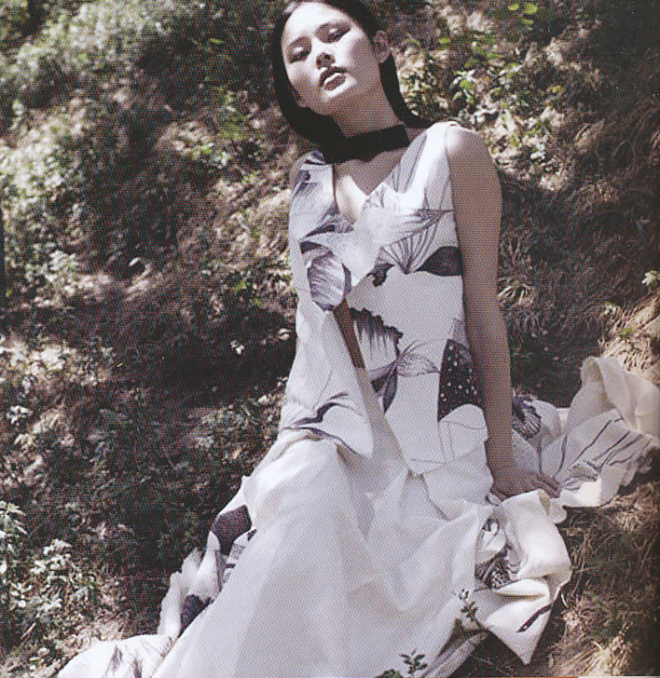There are many craft books around these days that are project-led, showing pretty things that you can make once you’ve mastered a particular technique. These are great for inspiration and showing beginners what they can aspire to – but they can also be frustrating if they skimp on technique in favour of result.
So it’s refreshing that First Time Felting: The Absolute Beginner’s Guide by Ruth Lane prioritises technique above all else. I think this is particularly important with felting, where even the apparently simple process of pulling off a small piece of fibre from wool tops can be tricky.
I should declare an interest here. I’ve never met Ruth Lane in person, but we follow each other’s blogs and I have written guest posts for the Felting and Fiber Studio, for which she is one of the co-ordinators. But the review below is my honest opinion.
The book is divided into needle felting and wet felting – sensible, as they are completely different techniques. Each process is broken down step by step with accompanying photos, making it very easy to follow.
Throughout the book Ruth also gives extra tips on technique, highlighted in tinted boxes. These cover everything from how to remember which way you turn the felt to blocking the finished piece so that it holds its shape.
It starts with an overview of different types of wool and embellishments, which is very helpful, though perhaps a photo showing the difference between wool batting and wool tops might have been useful for beginners (there is an extensive glossary at the back that explains all the terms used).
I would also like to have seen a mention of Bergschaf wool, which is popular in Europe (and increasingly popular in the UK), but maybe this is difficult to source in the US.
There is essential health and safety advice – not just on how to avoid stabbing yourself with a felting needle, but on posture (avoiding hunching) and working on the correct height of table when wet felting. Many felters suffer from back problems, so it’s important to try to develop good habits from the outset.
I’m obviously not an absolute beginner when it comes to wet felting, but the book starts with needle felting, a technique that I use only occasionally, usually for covering a wool core. And then I usually wet felt it afterwards. 😉
So I learnt a lot from this section, from how to make a flat shape to deep needling attachment techniques and how to make bendable joints. For more advanced shaping Ruth also covers felting around a wire armature and string jointing, using a teddy bear as an example.
The section on wet felting is equally comprehensive, covering the basics like laying out, wetting down, the pinch test and rolling. I also learnt for the first time about palming – so even experienced felters can get something out of it!
There is also advice on special techniques for nuno felting, dealing with edges and seams, and mosaic or collage felting.
In short, this is a book that offers beginners a solid grounding in felting techniques – and even more experienced felters may learn a thing or two!
First Time Felting is published by Quarto Books and costs £12.99. But if you’re quick they’re running a giveaway over on Felting and Fiber Studio, so you could win your own copy!




































